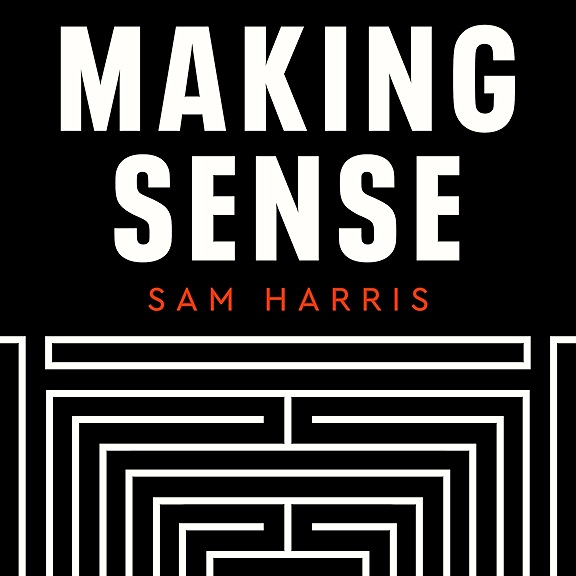
In the fifth episode of the Skin Flint Podcast, we invited Sara Kendall RVN to join us for a discussion on how veterinary nurses can improve dermatology cases by close interaction with the vets. Sara is also the Group Manager of the VNDG (Veterinary Nursing Dermatology Group).
Chapter 1 - Call The VN!
(00:00) John introduces Sara to the podcast and Sara lets us now about her role as a nurse working in busy first opinion practice, who is involved in dermatology
(01:31) Sue asks why Sara why she became an RVN. Sara shares her journey as a VN from the age of 17.
(02:09) Sue asks if nurses are being used more in practice now and Sara feels like it has changed massively, from nurses being glorified kennel maids to becoming much more involved, starting for Sara with a graduate diploma changing her approach and showed her practice owner that she was capable of doing more.
(03:35) John shared his approach from becoming involved in lab work taking him into dermatology and asked how Sara came to this field. Sara shares that It was the Vetruus/NextmuneUK rep coming round and showing their products which helped her to realise how much she could help first with ear management and then following that through courses into learning more and more about skin management.
(04:48) John asks Sara what Schedule 3 is - and Sara clarifies this as the guidance for what nurses can do - in order to avoid blurring the lines between case support and actual diagnosis of conditions
(05:35) Sue further clarifies this as nurses not doing surgery or diagnosing but helping with investigation and communication, exercising patience with clients in order to prevent them misusing treatments and therapies.
(06:40) Sara echoes this by telling of how her clients will often reach out to her than the vet for this reason and are more likely to be honest about the management of their pets skin issue and ask questions they might feel are silly questions.
Chapter 2: Why The VN?
(07:45) Sue mentions the NHS and their utilisation of nurses and asks if this something we could benefit from and Sara shares how she has been blown away by the size of the role in the human sector in the UK before John mentions his Aunt is a consultant nurse in dermatology - being the ‘go to’ for skin management.
(09:22) Sara says how she feels the shortage of vets in practice in the UK can be really helped by utilising the nurse in this way and Sue echoes this, affirming this as needing to be a partnership in order to ensure the nurse feels capable and trained in order to manage this work.
(10:35) Sue then asks Sara about the training she completed to work in dermatology and Sara talks of competing the Vet Nurse Merit award and using other bits of various CPD.
(11:18) John then talks about how the VNDG (Veterinary Nursing Dermatology Group) and how it looks to bring all this together under one body, before then asking what the VNDGs objectives are - Sara then talks of the development of nurses to help more in dermatology for the benefit of practice, patient and owner.
(12:10) So John asks if you are an owner with an itchy pet, at what stage would a nurse be involved and Sara demonstrates how the owner will come in to see the nurse for an hour long consults in order to facilitate a history of the case and diagnostic tests and to help educate the owners on the nature of skin disease.
Chapter 3: How The VN?!
(13:18) Sue asks how the nurse makes the step to running that consult from doing skin tests and things in the background and Sara shares how she took a while to get to grips with the diagnostics, and so the consultation started more as an informational consultation about the challenges of lifelong skin management before then, as her confidence grew and she had educational support, going into more diagnostic support. Which John says is the opposite from his approach and this shows each individual nurse and practice setting will be different in how the nurse becomes more involved, but the all encompassing skills of a vet nurse can be gown and applied across this discipline of dermatology. Sara shares how this then produces a service which is valued and appreciated.
(16:05) Sue asks if this also improves the income for the practice as well as improving the management of the case and Sara agrees, saying all her services are charged for and clients are satisfied and grateful for the service and s have never queried these fees.
All three reflect on how nurses can really help to manage owners through this, and Sara and Sue share how ear disease if the most common reason for owners going elsewhere because it is never approached and managed as a skin issue.
(18:19) Sue reflects on the different elements of skin disease and how nurses are incredibly valuable in monitoring these and John says how dermatologists like Sue, having that approach to the use of the veterinary nurse, demonstrates the how important the role of the veterinary nurse in dermatology is.
(19:56) Sue asks how someone would contact the VNDG to be more involved and John directs them to www.vetnursedermgroup.co.uk
Outro - Summary
(24:50) John, Sue and Paul reflect on how much the nursing role has developed in years and what the future could look like.




















